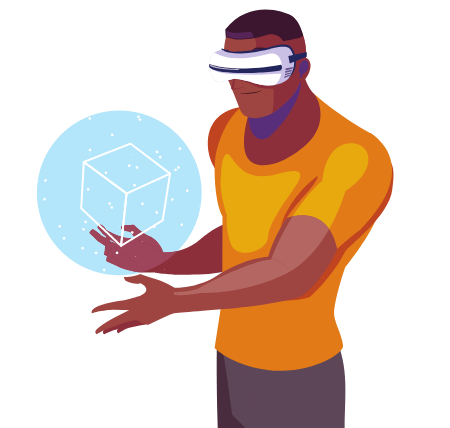What will the future of social media look like and how can we keep up with it? What will the biggest social media platforms bring forward or how will new, innovative media channels change our perspective of interactive virtual communication?
All these questions and more need to be addressed since living in a world that continues to be deeply transformed by tech has many social and political implications.
The rapid and relentless changes leave us questioning the future of our collective lives through the mirror of a smartphone or a flat screen.
So, let’s find out what the future of social media holds by looking at these important aspects:
- Edutainment Is Here to Stay
- AR Will Become More Mainstream
- Mobile-First Social Media Content
- Personalized Content Will Become the Norm
- Social Media Will Be Integrated Into Every Aspect of Our Lives
- The Beginning of Social Media Platforms
- How Social Media Impacts our Lives
2022 has been the year of big changes. An old past that no longer served us has made way for new engaging features, personalized algorithms, and predictive digital tools.
With the largest age group of social media users being represented by individuals between 10- and 36-year olds, social media speaks to 3 generations of digital natives: Millennials, Gen Zs and Alphas.
More and more, the social media scene tends to become our second, if not our primal reality.
Social media is no longer a tool for entertainment. Instead, for some users, social media is their go-to place to get informed about news, and events, keep up with loved ones, find new jobs, do online shopping, or even learn new skills.
Today, SM influences our social behavior, our forms of communication and expression as well as the sharing of ideas, thoughts, and information.
But now, it is time to take a look into our glass ball and see what the social media future holds. For this, we’ve summoned 5 social media experts to tell us their best predictions and wow us with their insights.
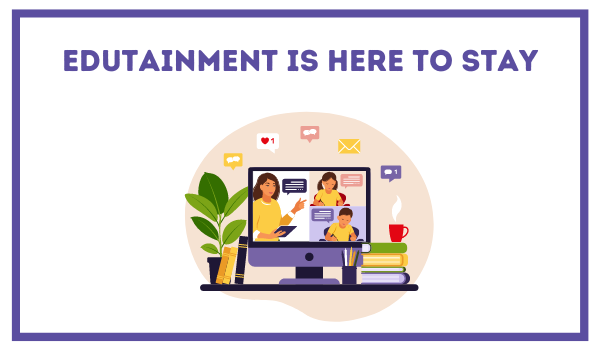
1. Edutainment Is Here to Stay
“Edutainment is short-form, quick, playful video that you may see on Instagram Reels, TikTok, and/or YouTube shorts. It’s quick, fun, and entertaining. Why is this important? We do business with people we know, like, trust, and relate to and this type of content really helps people to get to know us, expand our sphere and have FUN with our content!”
KATIE LANCE, Motivational speaker & Social media keynote speaker
2. AR Will Become More Mainstream
“AR being augmented reality and VR being Virtual Reality millions of people have already used AR every day for years and may have not even realized it. If you've used Snapchat filters and Instagram filters that project things in the photo or video or make things look like they're really there, you've used AR. But the applications of AR on social media are not limited just to photo filters to post fun posts and stories brands can also leverage augmented reality to provide better shopping experiences to their customers. If you're an e-commerce store, you know one of the cons to not wanting it brick and mortar is people's inability to try stuff on but AR is a tool that can allow your customers to digitally try things on before buying this conquering that objection to purchase.”

JAMES URQUHART, Social Media Marketer and Managing Director at Let’s Run Social.
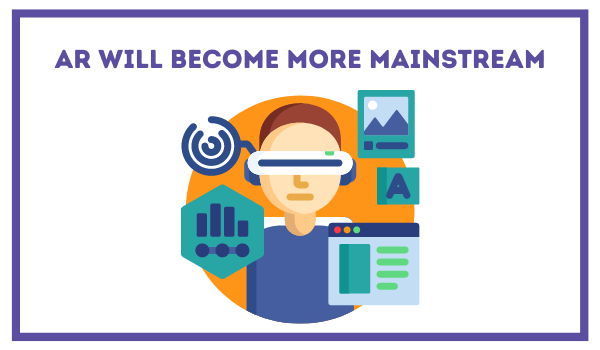
3. Mobile-First Social Media Content
“We are moving Instagram to a place where videos are a bigger part of the home experience. Where the content is more immersive, it takes up more of the screen. The future of video and photo is mobile-first. They are 9 by 16, they are immersive. One step on that path is a test where both photos and videos take up more of your screen. We are trying to figure out how to advance Instagram forward in a world where more and more people are going to be mobile-first.”
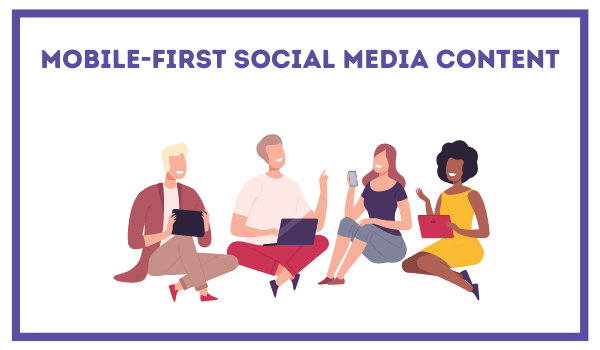

ADAM MOSSERI, Head of Instagram
4. Personalized Content Will Become the Norm
“Communication in the future will be built on the foundation started by what is today called social media, but it will look much different. The most dramatic change by 2039 will not only be the amount of data that will be available to everyone but also the decision-making power of that data. We currently have thermostats that learn our preferences, watches that take our pulse, and Nike even knows how often and how fast we run, and this is just the beginning. With this much data, personalized content will become the norm."
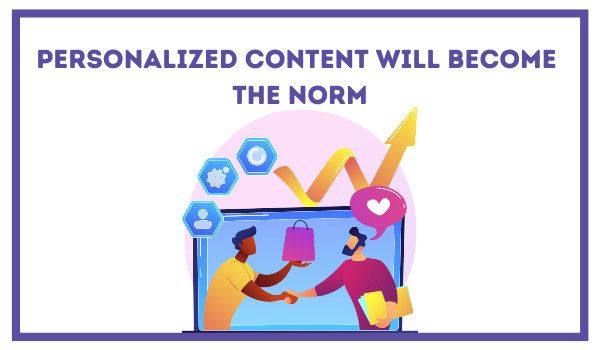
I love unfiltered feeds, but in the future, when the depth of data available meets the ability to make decisions based on that data, the result will be a very individualized and powerful experience.
"People will be able to get the content they want, at the time they want, from the people and brands they want, perhaps even on their projector watch or contact lens.”
OTIS KIMZEY, Social Media Strategist

5. Social media will be integrated into every aspect of our lives
“I'd suggest that the next 10 or 20 years will see us living alongside systems of almost unimaginable capacity, surrounded by increasingly integrated technology - in our architecture, our appliances, clothes, and even our bodies - so that the distinction between reality and virtual reality will become far less meaningful. These changes, in combination with an increasingly quantified society, will take us into a very different stage of human politics.”
JAMIE SUSSKIND, Author of the award-winning bestseller Future Politics: Living Together in a World Transformed by Tech
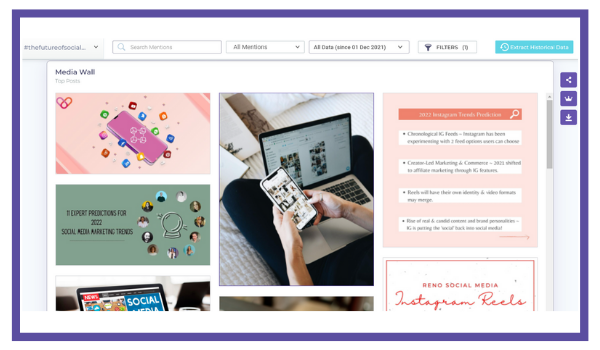
All these future predictions were fished from the worldwide social media and web pond with the help of the BrandMentions platform. By adding the relevant keywords to the search project, I was able to dive into all conversations about the predictions of the future of social media.
It is a simple way to research any topic in any niche. You can try the 7-day-free trial for yourselves.
6. The Beginning of Social Media Platforms
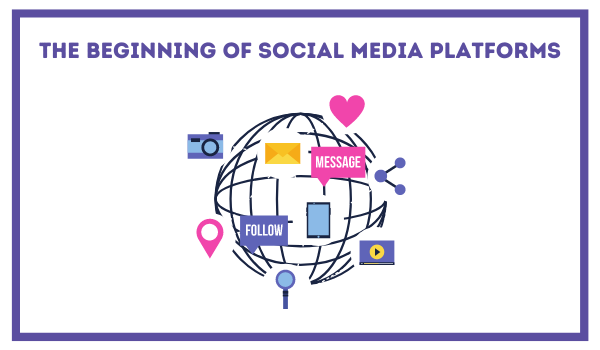
First things first - wait, what was the first social media website?
Long before global networks were created, there was Six Degrees, a platform that is widely considered to be the very first social networking site.
Created in 1996 and launched in 1997, this platform allowed users to create a profile, send messages, and post bulletin board items.
The name of the website was inspired by the “six degrees of separation” theory which supports the idea that all living things and everything else in the world are six or fewer steps away from each other so that a chain of “a friend of a friend” statements can be made to connect any two people in a maximum of six steps.
Although the idea was revolutionary for its time, in December 2000 the platform was sold because it was considered non-sustainable since not enough people had access to the internet. Today, the website is still active, being an exclusive invite-only social network.

Now let’s take it back to the early 2000s when MySpace, Friendster, Flickr, YouTube, Twitter, Facebook, and LinkedIn were in their infant stages.
Surprisingly, many social media websites were created as dating sites. Platforms like Hot or Not, Friendster, Facemash, and even YouTube tried to attract young people in the digital courtship game.
Some of them made it, while some of them found another purpose in the virtual world.
Besides the huge success that Myspace and Flickr had, there were two other websites that caught the eye of youngsters - Facebook and Twitter. Both launched in 2006, they quickly became a media trend with their original, different approach to information sharing and visual content.
2006 was also the year LinkedIn started to turn a profit, 3 years after its launch. Its business-oriented approach, alongside its job-oriented user profiles, innovated the media marketing and social strategies of any social media marketer who wanted to be in the know.
The terms “social media manager”, “social media trends”, “social media presence”, “digital insights” or “social media influencers” had their birth right then and there.
2007 is the start of the age of micro-blogging. Tumblr takes the world by storm with its “Twitter meets YouTube and WordPress” approach.
That same year was the year that the mighty hashtag makes its first appearance on the already popular social media website- Twitter.
Jumping to 2010, the world witnessed the birth of a new universal digital language - the Emoji. We could not stop using the “Face with Tears” (a.k.a. the laugh-cry emoji) and some of us continue to over-use it to this day.
But wait! It turns out that 2010 had another bomb up its sleeve. Introducing Instagram - the photo-sharing app that won the game with its vintage, polaroid feel and its cool vibes; and in comes Pinterest - the reason so many of us are able to hoard our future plans and house designs in one common virtual place.
One year later, Snapchat arises and pulls a disappearing act by introducing a new way of sharing content- the vanishing stories. From stories to filters, Snapchat continues to be a source of inspiration for big tech social media companies.
The history of social media platforms does not end here but continues to evolve as the years pass by. Innovative features like reels, live streams, augmented reality, or even mixed reality social media channels.
On the other hand, some aspects of the social media strategy as we know it, may as well never change. The community-based features, the value of user-generated content, or the captivating aspects of video content of any social platform represent the foundation of every successful social app.
Additionally, social media platforms can hold almost as much information as search engines do. Especially about their users.
This is why it is very important to acknowledge the massive impact that these social media sites have on our lives.
7. How Social Media Impacts Our Lives
Social media impacts the communication between people from all around the globe. Communication on social media has influenced real-world actions and decisions, experiences, and perceptions.

There are many aspects of our lives that are influenced by the use of media channels:
Social media and relationships, the way we view the world around us, and even our self-esteem.
Humans possess a fundamental drive to compare themselves with others in any way possible.
This can influence our way of thinking, our needs, and the way we make decisions compared with others who did the same or something else in that particular situation.
The users are either receptive or picky, the marketers have to check their social media benchmarks and try to stay on top of their social strategies, while the content creators ride the subtle wave of social media trends.
This is why marketers are focusing more and more on public relations, social commerce, and influencer marketing.
It is no secret that 2022 was the year of digital transformation, in which every social media app started focusing more on video marketing, integrated technology, and augmented reality features.
Predictions on the future of social media have a strong common ground: catchy, immersive content. Diversity, equity, and empathy will become some of the most sought-after digital marketing values.
Additionally, personalized experienced enhanced by VR and AR are only to be expected in the near future.
Consequently, social media marketing tools and social listening tools will become more relevant than ever.
Tools like BrandMentions aid brands with their market research but also enable content creators to create relevant content for their target audience on popular social media sites.
In summary, the future of social media might as well be an episode of Inspector Gadget since the primal focus will be mobile devices; marketing platforms will find their way to insert themselves into our everyday lives, and the social media landscape will hardly be differentiated from the real world as we know it, due to the rise of holographic and virtual reality. Fake news will be hunted down by social media censorship and social video will be personalized to every detail possible.
Good luck everybody, see you at the VR Meta party!

